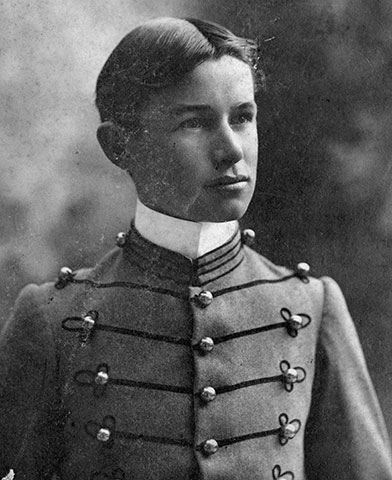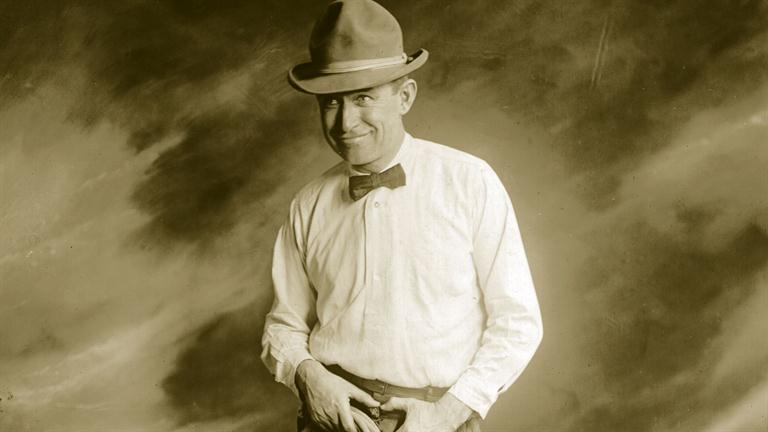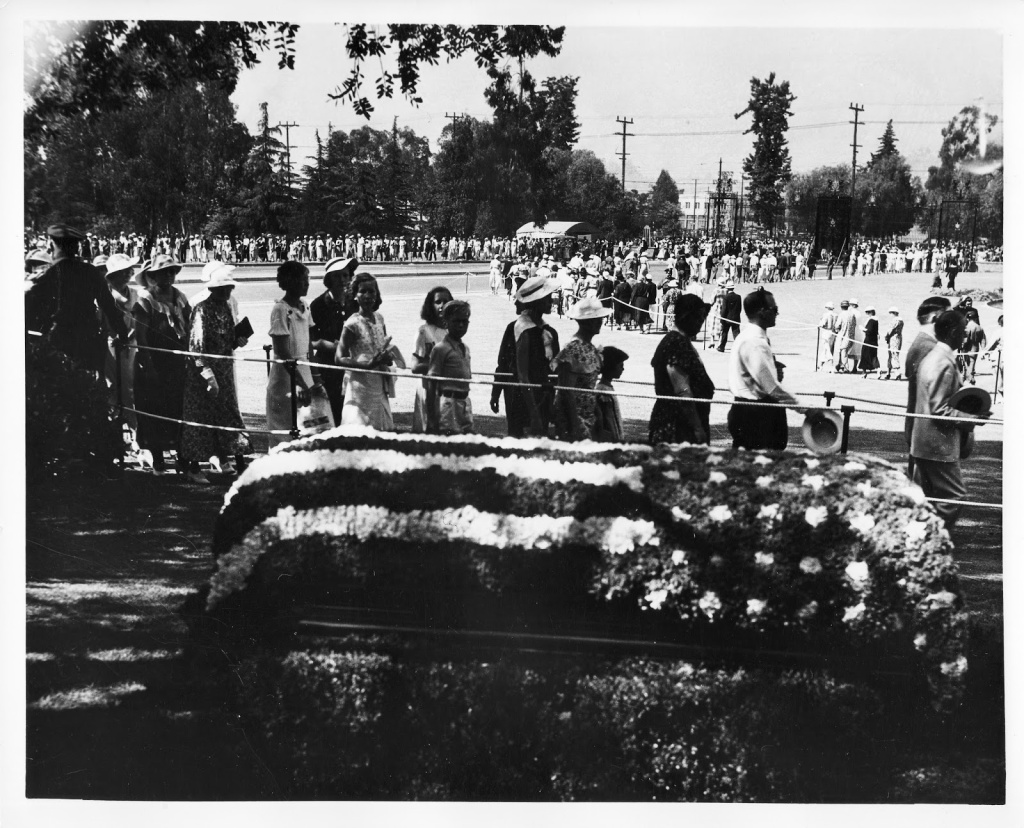Tags

Several years ago, 2016 to be exact, I wrote a blog about Will Rogers, someone I have always been fascinated about as an influential person in history. Every once in a while you come across schools that are named after someone. Perhaps an airport or a park. Even a United States Naval Submarine might be named after someone of great importance. Sadly, today, not many people are familiar with the name Wiill Rogers. Who was he? Why are places named after this guy? In actual fact, not only are there schools, parks, airports, and a submarine named after him, but there are State parks, beaches, a hospital, and even a section of Route 66 in Santa Monica, California.
There are statues of him throughout the United States, including a life-sized statue of him in the United States Capitol’s National Statuary Hall. Well, there was, last time I checked.
But why? Who was this man? Why was he so loved and respected by so many people? And since, I think it is important to refresh our memories about people from history — or perhaps learn for the first time who they were and why there are memorials in their honor, this blog post may help to shine a needed light to this man’s life.
William Penn Adair Rogers was born 04 November 1879 at his parents’ ranch in Oologah, Oklahoma (then Indian Territory). Raised on a working cattle ranch, he learned how to ride and work a lasso with seemingly effortless skill. One such skill, throwing three (3) lassos at the same time (one around the horse’s neck, one circling the rider, and the third looping all four legs of the horse together) found him added to the Guiness Book of World Records. Pretty impressive!

Among the many schools Will attended, one was the Kemper Military School in Boonville, Missouri. Yet he had a restless spirit. One might accurately state that he was born under a wandering star. And school was not where Will wanted to be. As a result, he dropped out of school in the 10th grade.
Determined to become a cowboy and put his exceptional roping tricks to use, he traveled to South America in 1902-1903. Back then he was known as ‘The Cherokee Kid’ with Texas Jack’s Wild West Show. Please note that both of Will’s parents had documented Cherokee heritage.

He later traveled to New Zealand and Australia as a member of the Wirth Brothers Circus .
Upon his return to the United States in 1904, Will performed at the World’s Fair in both St. Louis and New York City. From 1905 to 1915, Will worked the vaudeville circuit and toured America, Canada, and Europe. During this time period, he also married the love of his life, Betty Blake. Together they would have four children: Will Rogers, Jr., Mary Amelia Rogers, James Blake Rogers, and Fred Stone Rogers.
A characteristic that made Will memorable to audiences was his easy-going demeanor and sense of humor which he expressed while demonstrating his exceptional skill doing rope tricks and his remarkable technique with a lasso. His popularity continued to grow and in 1917, he hit the big time with a signed contract with the prestigious Ziegfeld Follies.
An avid reader who enjoyed talking with people from all walks of life, Will incorporated insightful knowledge and wit about life, people, the country, and politics into his act. With his unpretentious personality, easygoing manner, and simple way of talking, Will endeared himself to audiences wherever he went. Everybody loved Will.
Soon, Hollywood came calling.

In 1918, he appeared in silent films, two of which were Laughing Bill Hyde (1918) and The Ropin’ Fool (1921). When sound movies arrived, Will Rogers became a genuine movie star. He would eventually star in 71 motion pictures. His film credits in the “talkies” included They Had to See Paris (1929) and State Fair (1934). Before long, he was the #1 Box Office draw and voted the Favorite Actor in Hollywood.
So, what was it about Will Rogers that made him so popular? Timing played a big part. From 1929 until 1939, the country was experiencing the Great Depression.

Will Rogers – The Cowboy Philosopher and Humorist
By 1933, between 13 million and 15 million people were unemployed. Half of the banks in the United States had failed. Although relief and economic reform measures were being implemented, the economy did not improve until 1939.
Not surprisingly, the mischievous smile, sweet cowboy mannerisms, down-to-earth understanding and Will’s simple way of talking touched the lives of those who perhaps felt they had no voice and little to even smile about.
Those experiencing despair, poverty, frustration, and loss were able to laugh with Will. And the intelligent yet tinged with humor insight he had on the country’s situation and politics shined a light on what many were thinking. Suddenly Will Rogers was not just a cowboy from vaudeville, or a popular actor, he was someone like them. He understood them.
The country could not get enough of Will Rogers. His perspective, insight, and humor about life (and what was happening in the country) made him the equivalent of what we would call a superstar today. The Cherokee Kid soon found himself not only working in films, but in great demand on the radio with a weekly show. In addition, he wrote 4,000 syndicated columns and six books.

People were not only reading or listening to what he had to say, they were remembering quotes. Here are just a few:
“Always drink upstream from the herd.” ~ Will Rogers
“Too many people spend money they haven’t earned, to buy things they don’t want, to impress people that they don’t like.” ~ Will Rogers
“If there are no dogs in heaven, then when I die, I want to go where they went.” ~ Will Rogers
“Half our life is spent trying to find something to do with the time we have rushed through life trying to save.” ~ Will Rogers
“If you ever injected truth into politics, you have no politics.” ~ Will Rogers
“I don’t make jokes. I just watch the government and report facts.” ~ Will Rogers
“We can’t all be heroes because somebody has to sit on the curb and clap as they go by.” ~ Will Rogers
“I never met a man that I didn’t like.” ~ Will Rogers
Inevitably perhaps, his voice was silenced too quickly and unexpectedly. On 15 August 1935, Will Rogers was killed in a plane crash near Point Barrow, Alaska. The 53-year old Cowboy, Humorist, Columnist, Actor, and Radio Personality had accompanied his friend, aviator Wiley Post on his private plane to Alaska. Needless to say, the entire nation mourned the death of Will Rogers.

Mourners lined up at Forest Lawn Cemetery in Los Angeles for the funeral to pay their respects.
Although initially buried at the famous cemetery in Los Angeles, Betty Rogers built a memorial to her husband in Claremore, Oklahoma. The site was dedicated in 1938 by President Franklin Roosevelt. The body of Will Rogers, along with his son, Fred (who died at the age of two), were moved to the Claremore memorial in 1944. Betty Rogers also died that year, and is buried beside her husband and son.
As for all those memorials to Will Rogers, if you see one in your travels perhaps you can now associate a face and facts with the name. As well as the memorials mentioned at the beginning of this blog, there is an elementary school in Santa Monica, another in Ventura, California. California also has a park in Beverly Hills, a State Beach named in his honor located in Pacific Palisades, and the Will Rogers Highway (a section of Route 66 through Santa Monica).
Colorado has the Will Rogers Shrine of the Sun, an 80-foot tall observation tower at the base of Pike’s Peak in Colorado Springs. In Fort Worth, Texas, there is the Will Rogers Memorial Center situated on 120 acres in the Historic Arts District. Built in 1936, the complex includes an auditorium, rodeo arena, exhibit halls, as well as a 2,500 horse stalls and 2,250 cattle pens.
The former home of Will Rogers in Pacific Palisades was bequeathed to the State of California by Betty Rogers, to be used as a public park. The property includes the Rogers home, a polo field, and stables. In her bequest of the property, Betty Rogers requested that polo must be played on the field every year. The Will Rogers Polo Club is still open to the public.
It should come as no surprise that Oklahoma created many memorials to their native son. Among them is the Will Rogers World Airport located in Oklahoma City. Thirteen public schools also bear his name.
The life of Will Rogers exemplified the impact a person’s life can have on another. What a great testament that this man helped heal the bleak struggles of so many people with laughter. Again and again people said he did not make them feel alone or forgotten. In any generation, isn’t that a great gift to humanity? Without question Will Rogers was a gifted performer, someone who used his talent, his perspective, and his voice to touch thousands of people who were overwhelmed by daily struggles in their lives as well as the challenges the country was also facing
Thank you so much for taking the time to visit my blog today. I hope you enjoyed a brief insight into the man behind the name, Will Rogers. There are so many other wonderful photos of this man and his life, I simply could not put them in this post. So, I made a fun video featuring the song Willamania from the Broadway musical The Will Rogers Follies. (yep, they even made a Broadway Musical about this guy!) I hope you will watch my video and smile. I think Will would like that. ~ AKB
Sources:
The Will Rogers Memorial Center, Fort Worth, Texas
The Will Rogers Memorial Museum, Claremore, Oklahoma
The Papers of Will Rogers – Volume One, November 1879 to April 1934, Edited by Arthur Frank Wertheim and Barbara Bair, University of Oklahoma Press – 1996
